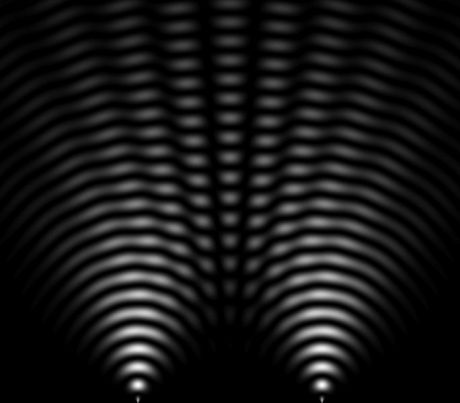A central problem in quantum physics is the development of experimental tools to obtain information about the states of matter and radiation, such as photon. EU-funded scientists worked on ways to measure the state of individual quanta of light.
Quantum mechanical technologies promise powerful quantum computers while
quantum cryptography could make codes unbreakable. But to make them
work, it is necessary to reliably measure the quantum state of particles
such as photons or atoms.
Electromagnetic fields that exhibit quantum properties are usually weak and oscillation frequencies are in the range of hundreds of terahertz. No detector can follow such rapid changes. Yet, there is a technique that allows phase-sensitive measurements of quantum fluctuations of the electric field using regular, 'slow' detectors. This trick is called balanced homodyne detection.
In the EU-funded project
CV-QDAPT (Continuous-variable quantum detector and process tomography), researchers realized a new way to calibrate detectors of quantum states of matter and light. It enabled them to calibrate a balanced homodyne detector, a task that has not been previously achieved, primarily due to the large number of possible outcomes produced by balanced homodyne detectors.
Using an approach known as fitting of data patterns, CV-QDAPT researchers were able to calibrate a detector with more than 150 outcomes – an order of magnitude more than any well-characterised detector. This was accomplished by probing the detector with known coherent states of light, produced by a stabilised laser whose properties had been verified by different means.
The calibrated detector has been used to characterize various quantum states of optical pulses. Results of this assumption-free quantum state estimation confirmed the validity of existing theoretical models of balanced homodyne detection.
CV-QDAPT researchers have also demonstrated that besides being a tool for the calibration of complex quantum detectors, which can be used for estimating non-classical states of light, the method of fitting of data patterns can be used to reliably perform tomography of quantum processes.
The new method demonstrated in the CV-QDAPT project complements the existing approach to quantum state tomography, completing the toolbox for independently characterising quantum detectors. The researchers expect that it will also find applications in quantum systems other than light.

